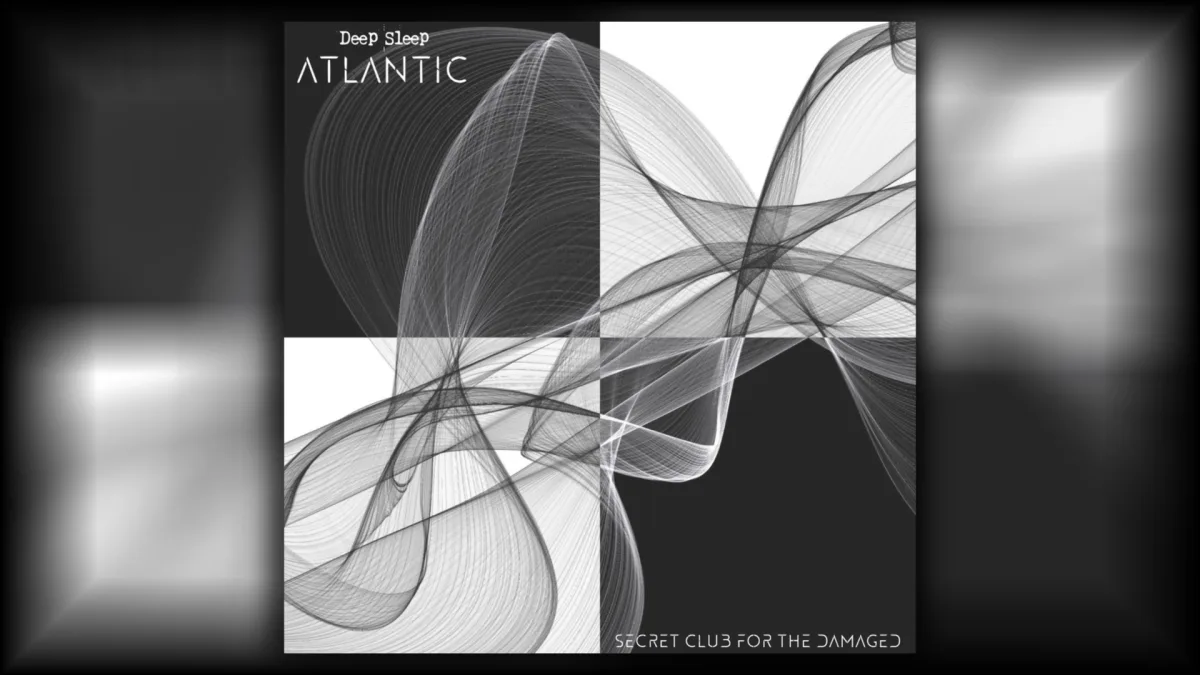Yearly reviews began as a standard I set to benefit myself, the fans, and the musicians that are members of Neworleansmusicians.com. Transparency is essential for letting people know what they can be a part of when joining my site. These reviews also serve as a healthy way to remind myself and let it be known to others what I have accomplished for my site and for musicians across Louisiana. Regardless of your chosen profession or hobby, taking personal inventory provides an invigorating look at your past and lends direction to your future. I highly recommend this practice to everyone. So, here is a look at year four in the world of Louisiana music on Neworleansmusicians.com.
Coverage of our music scene spanned across every podcast platform, six social accounts, my website, my blog, and my Youtube channel. Coverage included a new music label, a recording studio, a music magazine, a zydeco origin documentarian, a music television producer, several DJs, musicians of all instruments, many album releases, and complete tours. Genres stretched from funk to country to grindcore to hip hop and beyond.
Macro takeaways:
- An infusion of a sense of unity through the honest depiction of life’s battles shared by all musicians, both on and off stage.
- The repeated expression of desire for community and cohesion amongst Louisiana musicians.
- The prevalence of an absence of knowledge within the realm of music business including the fear and uncertainty associated with it.
- A simplified look at key turning points in musicians’ paths to success.
- How crucial reflective thought really is and what we can learn from the hindsight of others.
Micro takeaways:
- Vocal and instrumental techniques
- Recording studio preparedness and practices
- Booking and marketing tips
- Preserving your health and mental wellbeing
- Overcoming drug and alcohol addiction
- How to use live crowds as a resource
- Specific pitfalls to avoid in business and personal lives
And the best part about all of this… these are all gems from Louisiana musicians and music business professionals.
Interviews:
NOM kicked off the year with radio DJ/producer/booking agent Anthony Daniels and ended it with vocalist Ghalia Volt. Also showcased were members of bands that have been in existence for decades and have toured the world many times over like vocalist Mike IX Williams of EYEHATEGOD and vocalist Jason Pilgrim of Flesh Parade. In other coverage, notable discussions included methods of experimental sound, drawing inspiration from tragedy, the demise of the rave scene, and navigating foreign countries while on tour.
Video:
I launched vertical format in the form of short videos and consistently averaged 80-120 shorts a month. I began posting on six social platforms every day. I also created an additional slot within my long-form videos. I’ve always featured a band in the intro to my videos and now I have a slot in the middle to feature more bands. This enabled me to feature 84 bands within 39 artist interview videos. Also, this year I was able to expand the variety of production to include things like behind the scenes, music videos, and a band mockumentary.
– Youtube Results:
334.5K Views (previous year 8.9K) UP 325.6K
3.7K Watch time (previous year 818.3) UP 2.8K
431 subscribers (previous year 127) UP 304
17.4K monthly audience (previous year 142) UP 17.2K
Online Presence:
Some of Neworleansmusicians.com’s online accounts had lain dormant due to lack of a feasible way for me to post in so many locations. I spent some extra money this year on subscriptions to services that would consolidate and streamline this process. With more work and this creative and logistical edge, things not only kept moving, but they also improved! I maintained 16 genre-based playlists on 11 music streaming platforms, adding countless artists to these rosters. They contain mainly music from site members and a few artists I have interviewed. Facebook was always a mainstay. But I also began posting content dailyto Youtube, LinkedIn, Twitter, and Instagram, including an expansion to TikTok. I was able to increase overall audiences across all social platforms. Unfortunately, LinkedIn does not serve these statistics. But my most notable strides were as follows:
Facebook: added 2,493 followers (1.2 mil views)
Youtube: added 431 subscribers (334.5K views)
Instagram: added 220 followers (52.5K views)
TikTok: added 328 followers (43.4K views)
Website:
Providing a networking website with user-generated content, video and audio streaming and all sorts of other bells and whistles has undoubtedly been my most expensive undertaking ever. But this is a passion project that, year after year, has unified so many artists with a place to converge and display their talents. And it is a place that truly rewards them for their efforts, asking nothing in return. Amid the on-site buzz and activities, I was able to add 29 new site members. With them they brought 62 songs, many of which I featured in my podcasts and videos. Honestly, there were too many music additions by existing site members for which to account. And so many of those were showcased on my podcasts and videos as well. This year undoubtedly set records in terms of new music content on Neworleansmusicians.com.
Podcast:
This year I made the decision to apply to the Audacy Podcast Platform and was accepted. Under their umbrella, Audacy has enabled me to broaden my audience and gain sponsorships. Due to the migration, annual statistics for the podcast could not be collected. But I did implement a new podcast tracking system that can finally span all platforms accurately. I look forward to discovering what a year looks like in terms of listenership for 2026. I produced and published 24 episodes, interviewing 20 artists in our scene. Some of these interviews were so interesting to me personally that I had to create part two! And I have to say this. After sitting with these musicians and hearing their life stories, I possess a love and admiration for these people that I cannot describe. I’ve stayed in touch with many of them and have always made myself available for their subsequent calls or requests.
E-commerce:
In 2025 I completely redesigned the look of NOM’s e-commerce store. I also introduced 20 new original clothing designs that can be found only on my site. Frankly, I’m jealous because I can’t afford to own them all! I added sizing charts to many, if not all, products. I also consolidated the manufacturing list to include as many domestic labels as possible, shortening shipping times and lowering retail prices. Methods of payment now include 8 credit card companies, Shop Pay, Paypal, and seven different cryptocurrencies. I am excited to offer clothing designs reflective of Louisiana’s music scene and offer them inexpensively.
Because of Neworleansmusicians.com, the thoughts and voices of Louisiana’s musicians were delivered to over 1.6 million people across the world. The reach of their albums, shows, and life experiences were amplified exponentially. Musicians were connected with opportunities, and the strength of our community was emboldened. This came at zero cost to our musicians, listeners, readers, and viewers. It is what the Neworleansmusicians.com logo stands for; community, strength, and freedom. If I were to point to a specific brand identity it would be this. I appreciate you taking the time to celebrate 2025 with me and usher in the new year.
Author: David Trahan
NOM on Youtube: https://www.youtube.com/@neworleansmusicians
NOM Podcast: https://pod.link/1617150338
Donate to this organization:
https://www.paypal.com/donate/?hosted_button_id=83ZWJWHNRAYNU
You can also support Neworleansmusicians.com by shopping with our sponsor, Realmushrooms.com. Here’s 20% off just for you.
https://shop.realmushrooms.com?ref=1494





















 Music Marketing Manifesto:
Music Marketing Manifesto: Broken Record:
Broken Record: DIY Musician:
DIY Musician: Fresh Era:
Fresh Era: Neworleansmusicians.com Podcast:
Neworleansmusicians.com Podcast: No Dogs in Space:
No Dogs in Space: Tetragrammaton with Rick Rubin:
Tetragrammaton with Rick Rubin: Musicians Mentor:
Musicians Mentor: The Questlove Show:
The Questlove Show: Local Riffs:
Local Riffs: One Song:
One Song:







